Room Psychology: Make Your Home Your Favorite Place to Be
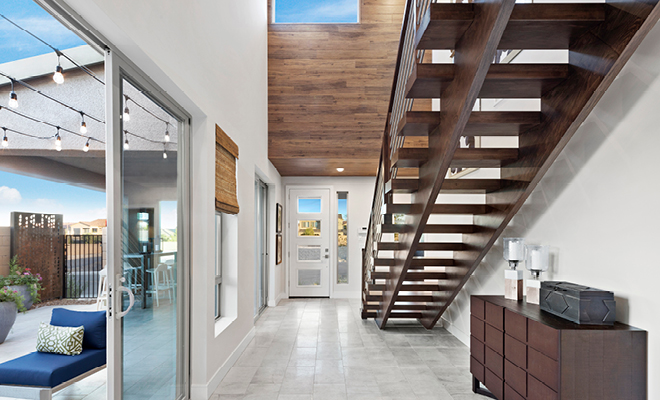
How is your environment affecting you? Home is one of the most impactful environments on our mental and physical wellbeing. Each room influences how we think, feel, and behave. Thoughtful design and organization are first steps to creating an enjoyable space. Here, we dive deeper into environmental psychology and outline steps for creating rooms that support mental wholeness, productivity, and creativity.
Environmental psychology focuses on the interrelationships between individuals and their surroundings. Recently, studies are focused on homes to identify how rooms impact people. This scientific approach pinpoints an individual’s needs that dictate design. Thoughtful consideration of design elements in a room can make all the difference for developing healthy life practices.
Here are some tips for cultivating a positive environment in each room of your home:
1. Declutter your space.
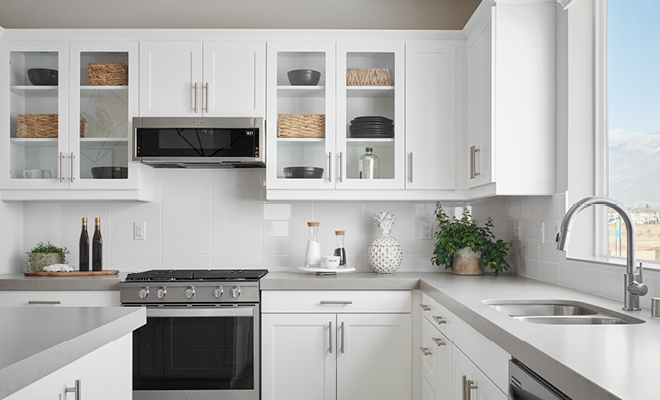
Every room has a purpose, but clutter can blur the lines of intent, mentally distracting you from letting your creative juices flow. A calm, clean area is important for reclaiming mental space and inspiring joy. To echo the words of tidying expert Marie Kondo, “I can think of no greater happiness in life than to be surrounded by the things I love”. To emphasize the things you love, you must let go of the less significant, distracting things. Decluttering your space goes hand-in-hand with decluttering your mind.
2. Brighten up with color.
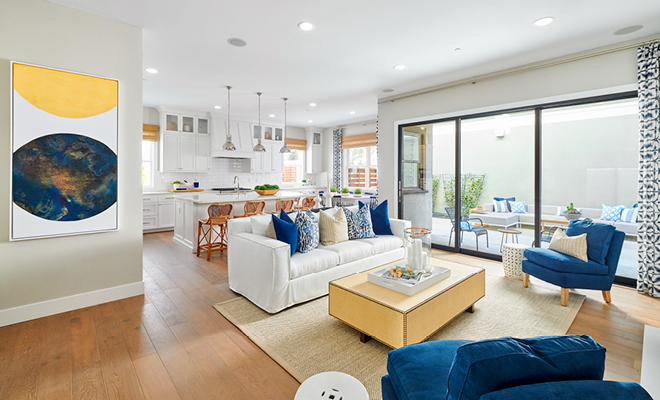
Color is a universal, non-verbal language that communicates different emotions. Human perception of different colors can inspire feelings of happiness, tranquility, energy, and warmth. Light colors can make a small room feel larger while dark colors can make an expansive room feel more intimate. Red and yellow offer a sense of energy and happiness, while blue and green are calming and restorative. Sprinkling in pops of color can influence the feelings you experience when you walk into the room. It can also help encourage you to accomplish specific tasks in a stress-free environment.
3. Control the amount of light.
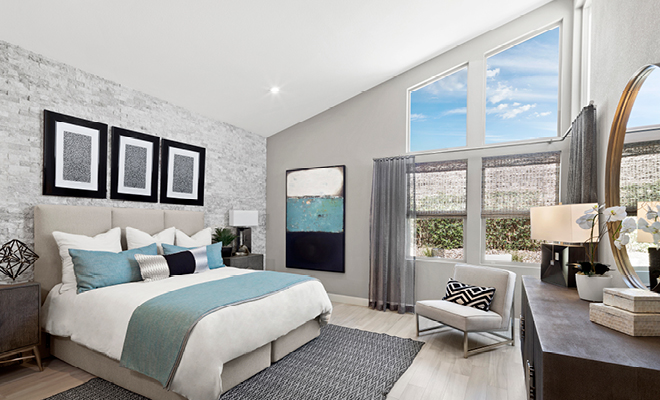
Light is highly effective in influencing human behavior and productivity. Every day, natural light determines our body’s sleep schedule, stimulation and relaxation periods. It can even increase happiness and inspire creativity. Ideally, there should be a balance of natural and artificial light in a room. Bright light in a room can heighten emotions and increase focus while dimmer light can relax the body and slow down the mind. Add task lighting to a room to create focus for reading, cooking or working. Find the right balance of light to complement the task at hand.
4. Personalize; add things you love.
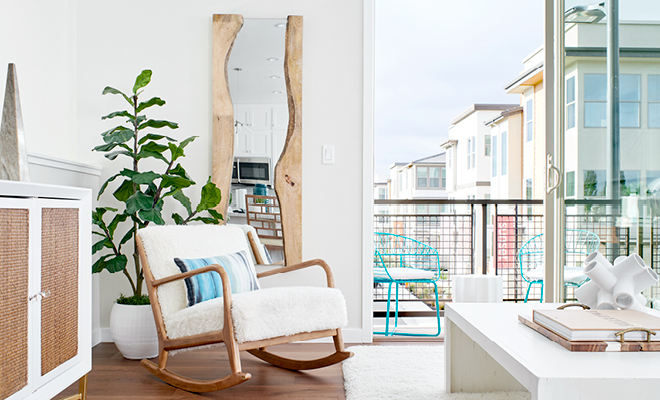
Infuse your personal style into a room for a more at-home feeling. Make the space reflect your favorite colors, textiles and forms. Mementos in the form of pictures, furniture or decorations can lend you a sense of gratitude. Capture some favorite memories within the space to revive your emotions and bring the most joy.
Home is not only a place, it is a feeling. Make your home a more enjoyable environment that sparks creativity, enhances productivity and improves your sense of wellbeing.




Leave a Reply